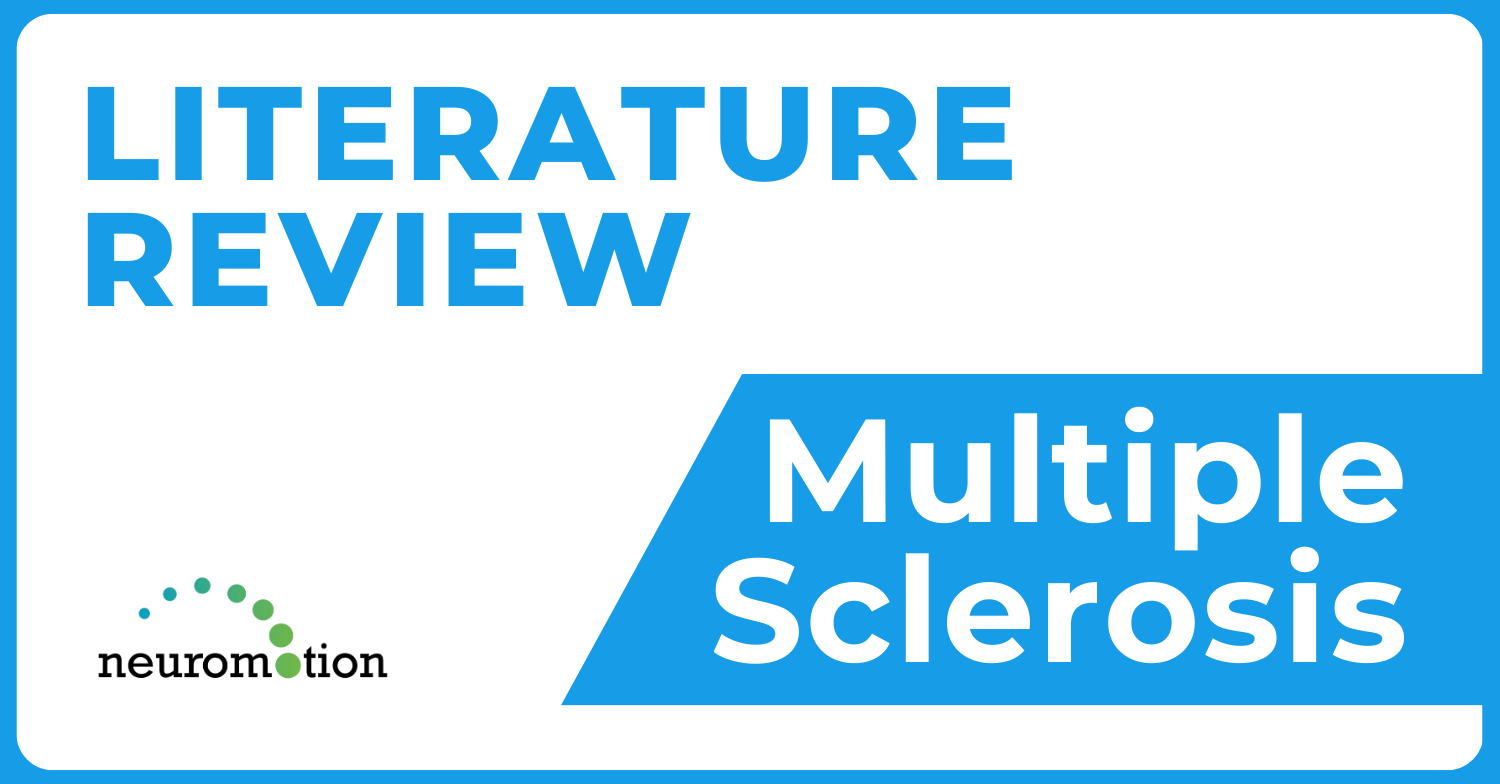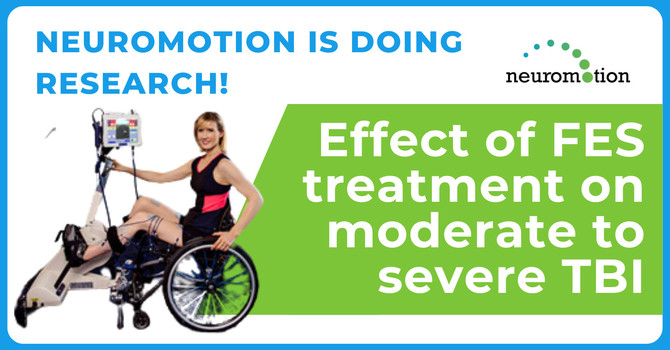
What is Multiple Sclerosis?
Our nerve cells are surrounded by sheaths that help conduct signals to and from our brain. These sheaths ensure the speedy delivery of signals to and from the brain. If these sheaths become damaged, the delivery of signals to and from the brain become interrupted and slower. This is what happens to the nerve cells in the brain and spine, in the case of Multiple Sclerosis (MS). In MS, the sheaths around the nerve cells become inflamed and break down (Wu & Alvarez, 2012, p. 257). The condition is often progressed by chronic inflammation which causes the breakdown of the sheaths to spread throughout nerve cells (Amin & Hersh, 2023, p. 47). This inflammatory breakdown causes plaques and scars to form in the nerve cells (Wu & Alvarez, 2012, pp. 257-258). The degree of damage to the nerve cells and their sheaths determines the severity of symptoms (Wu & Alvarez, 2012, p. 267).
Types of MS:
The presentation of MS can be grouped into four categories: (Goldenberg, 2012, p. 175)
- Relapsing-remitting MS (RRMS) affects 85% of people with MS, and is characterized by the flare-up of symptoms followed by periods without any symptoms.
- Secondary progressive MS could develop in people with RRMS and is characterised by the gradual progression of symptoms. This progression can often be delayed by MS medications.
- Primary progressive MS affects 10% of people with MS and is characterised by the gradual progression of symptoms and is resistant to commonly used MS medications.
- Progressive-relapsing MS affects less than 5% of people with MS and is characterised by progressive symptoms with intermittent flare-ups of more severe symptoms.
How common is it?
Research shows that the prevalence of MS worldwide has increased by 30% between 2013 and 2020 (Walton, et al., 2020, p. 1817). Furthermore, it is shown that MS is also more prevalent in women (Walton, et al., 2020, p. 1816).
Symptoms:
Symptoms often seen in people living with MS include the following:
- Pain
- Reduced balance
- Muscle weakness in the legs (Mate, et al., 2024, p. 1)
- Spasticity
- Numbness and tingling
- Burning / pins-and-needles sensation
- Vertigo/dizziness and difficulty balancing (Goldenberg, 2012, p. 175)
- Excessive Fatigue (van de Port, et al., 2015, p. 1)
The course of MS differs from person to person, but in most cases MS initially presents itself with episodes of reversible symptoms, which later evolve into the progressive breakdown of the nerve of the brain and spine (Goldenberg, 2012, p. 175). Due to its inflammatory characteristics, the onset of inflammatory symptoms often evolve over a few days. The clinical presentation of MS is also dependent on which areas of the brain and spine are affected (Ford, 2020, p. 380).
- If the neck region of the spine’s nerves are affected, the symptoms will present with a shock-like sensation in the neck and back when lowering your head to your chest.
- If the chest region of the spine’s nerves are affected, the symptoms will present with a tight hugging sensation around the trunk or abdomen.
- If the nerves responsible for movement are affected, the symptoms will present with motor signs, such as increased muscle tension or spasticity, weakness of the limbs and anormal reflex responses. (Ford, 2020, p. 381)
Causes:
The causes of MS are seen to be complex and could be caused by a number of factors, such as (Amin & Hersh, 2023, p. 48).:
- Environmental factors
- Infections
- Genetic factors
- Nutritional deficiencies (e.g. Vitamin D deficiency)
How is it diagnosed?
Diagnosing MS is also seen to be difficult. Firstly, two different scars or plaques need to be present. Secondly, the patient has to have had at least two symptomatic presentations. And thirdly, chronic inflammation must be indicated by the analysis of cerebrospinal fluid collected during a lumbar puncture. (Goldenberg, 2012, p. 175)
After diagnosis, the treating of MS is often described as a challenging task due to the different types of MS and the various disease modifying therapies available. This makes it difficult to determine the best mode of treatment, as there are no standardised guidelines for treatment (Amin & Hersh, 2023, p. 59).
Pharmacotherapy
There is no cure for MS as of yet, however disease-modifying therapies are used to treat the symptoms of MS in order to maintain function and improve quality of life (Goldenberg, 2012, p. 176).
Existing Disease-modifying therapies:
- Beta Interferons, e.g. Avonex, Betaseron, Rebif, and Extavia
Used to treat the inflammatory component of MS (Goldenberg, 2012, p. 176). - Glatiramer acetates, e.g. Copaxone and Teva
Used to reduce flare-ups. - Mitoxantrones, e.g. Novantrone
Used to suppresses autoimmune attacks (Goldenberg, 2012, p. 177). - Fingolimods, e.g. Gilenya and Novartis
Used to reduce relapses and to delay progression (Goldenberg, 2012, p. 178).
When it comes to medication, it is found that oral and infusion medications and therapies are more effective than self-injectable therapies (Amin & Hersh, 2023, p. 47). Additionally, stem cell transplantation, BTK inhibitors, and treatments to restore and protect nerve cells are explored as possible therapies methods for progressive MS (Amin & Hersh, 2023, pp. 47-48).
Physical Therapy
Physical therapy is recommended for treating the following MS symptoms (McGinley, et al., 2021, pp. 774-775):
- Pain,
- Spasticity,
- Weakness, and
- Gait/walking impairment
- Fatigue
These symptoms make it difficult for people with MS to exercise and thus leads to reduces aerobic fitness in the individual (Mate, et al., 2024, p. 2). Physical activity and aerobic activity are however crucial to maintaining quality of life and to reduce fatigue in people with MS (Mate, et al., 2024, p. 2).
The fatigue experienced by people with MS can have a considerable effect on their quality of life (van de Port, et al., 2015, p. 6). Exercise therapy has been shown to induce physical and mental changes that reduce fatigue in people with MS (van de Port, et al., 2015, p. 1) and further promotes the protection of nerve cells and the formation of new pathways in the brain (van de Port, et al., 2015, p. 6). These exercise therapies include endurance training, muscle power training, task-oriented training, and other training such as balance training, yoga, and robot-assisted gait training (van de Port, et al., 2015, p. 15).
Recent research also suggests the use of FES cycling to maintain aerobic fitness in people with MS, especially as the condition progresses (Mate, et al., 2024, p. 2). Furthermore, when compared with other aerobic exercises, FES cycling was reported to be an effective mode of exercise and was seen to produce similar levels of fatigue, whilst recruiting greater amount of muscle mass (Mate, et al., 2024, p. 5). FES cycling has shown improvements in muscle volume, spasticity, muscle strength, bone density, walking, fatigue, pain, and thus quality of life (Mate, et al., 2024, p. 6).
Conclusion
Overall, it is advised that various treatment methods be used together to manage MS symptoms, including medications, speech-, occupational-, and physical therapies (Goldenberg, 2012, p. 183).
References
Amin, M. & Hersh, C. M., 2023. Updates and Advances in Multiple Sclerosis Neurotherapeutics. Neurodegenerative Disease Management, 13(1), pp. 47-70.
Ford, H., 2020. Clinical Presentation and Diagnosis of Multiple Sclerosis. Clinical Medicine, 20(4), pp. 380-383.
Goldenberg, M. M., 2012. Multiple Sclerosis Review. P&T, 37(3), pp. 175-184.
Mate, S. et al., 2024. Functional Electrical Stimulation Combined With Voluntary Cycling Accentuates VO2 Response in People with Severe Multiple Sclerosis: A Pilot Study. Multiple Sclerosis and Related Disorders, Volume 85, pp. 1-7.
McGinley, M. P., Goldschmidt, C. H. & Rae-Grant, A. D., 2021. Diagnosis and Treatment of Multiple Sclerosis. JAMA, 325(8), pp. 765-779.
van de Port, I. et al., 2015. Exercise Therapy for Fatigue in Multiple Sclerosis (Review). Cochrane Database of Sysematic Reviews, Issue 9, pp. 1-117.
Walton, C. et al., 2020. Rising Prevalence of Multiple Sclerosis Worldwide: Insights from the Atlas of MS, Third Edition. Multiple Sclerosis Journal, 26(14), pp. 1816-1821.
Wu, G. F. & Alvarez, E., 2012. The Immuno-Pathophysiology of Multiple Sclerosis. Neurol Clin., 29(2), pp. 257-278.



